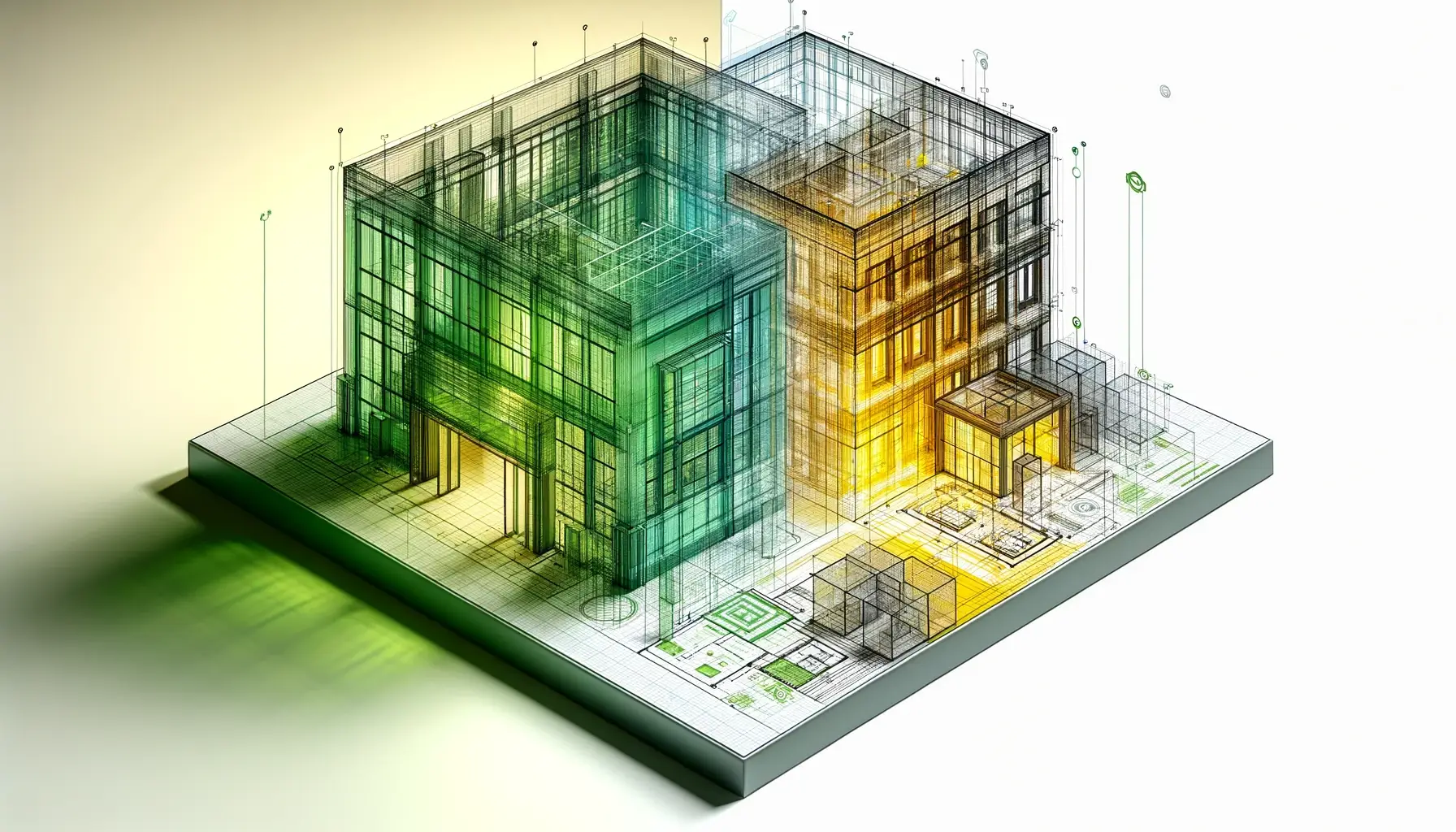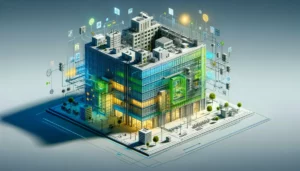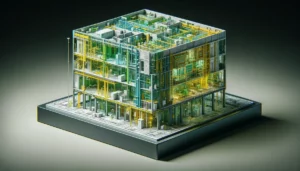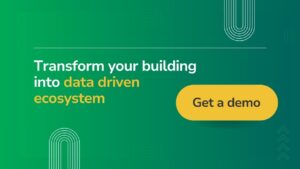Digital twin is a new concept that has emerged in various industries where technology plays a vital role. It is a virtual model of a physical object or system that bridges the gap between the tangible and digital worlds. Digital twins are transforming how we manage and interact with our built environment.
It’s a fact that the global digital twin market is growing at a fast pace, and the reports have projected its size to reach $48.2 billion by 2026. Moreover, buildings integrated with digital twin technology have proven highly energy-efficient, with up to a 20% reduction in energy usage.
Digital twins can reduce building maintenance costs by 25-30% and increase operational efficiency. Smart buildings augmented with digital twin technologies have shown a potential increase in property value by 7-20%.
In this blog, we will explore the evolution of digital twins, what they are, and how they offer remarkable insights and control over physical structures and their internal systems.
Understanding Digital Twins
A digital twin is a comprehensive digital representation of a physical asset, process, or system. It is not just a static replica but a dynamic model that continuously updates and changes in sync with its physical counterpart. In building management, a digital twin can represent an entire building, including its structural elements, HVAC systems, lighting, and even occupancy patterns.
Evolution of Digital Twins
The concept of digital twins can be traced back to the early 2000s, with roots in product lifecycle management and 3D modeling. However, it gained significant traction with advancements in the Internet of Things (IoT), artificial intelligence (AI), and big data analytics. Over the years, as technology advanced, digital twins evolved from simple models to complex systems capable of real-time monitoring, predictive analytics, and decision-making support.
Digital Twin and Building Information Modelling (BIM): A Complementary Relationship
Building Information Modelling (BIM) is primarily used for designing and documenting buildings. It provides detailed 3D models that combine architectural, structural, and systems information. BIM models are incredibly useful during the design and construction stages, as they offer a detailed visualization of the building and help make better decisions.
A digital twin is a more advanced version of BIM that incorporates a dynamic layer. It goes beyond a simple 3D model, becoming a living, evolving replica of the building that integrates real-time data from IoT sensors, operational history, and predictive analytics. It mirrors the current state of a building, simulates future scenarios, and provides actionable insights for efficient building operation and management. While BIM provides the blueprint, a digital twin tells the ongoing and future story of the building’s life.
Real-World Applications: Digital Twins in Building Management
The potential of digital twin technology in building management is enormous and diverse. Digital twins provide a real-time and dynamic representation of physical buildings, granting outstanding control and insight. Let’s examine some compelling scenarios where digital twins are significantly impacting the industry.
-
- Energy Management and Optimization
The building management teams use the digital twin to monitor and control its HVAC and lighting systems. Sensors throughout the building provide data on occupancy, external weather conditions, and energy usage. The digital twin analyzes this data to adjust settings in real-time, reducing energy consumption by 20% and significantly lowering operational costs.
-
- Predictive Maintenance
Large shopping malls employ digital twins to oversee their escalators and elevators. By continuously monitoring the condition of these systems and predicting maintenance needs, the mall has reduced downtime by 30%, enhancing customer experience and safety.
-
- Sustainability and Green Building
The buildings are designed with a focus on sustainability. Its digital twin integrates data from solar panels, water recycling systems, and waste management. This integration ensures the complex operates with minimal environmental impact, aligning with green building certifications like LEED.
-
- Facility Management and Occupant Experience
Facility management teams use a digital twin to enhance occupant comfort and productivity. The system monitors indoor air quality, temperature, and lighting, adjusting these elements based on real-time feedback and occupancy patterns. This leads to a more comfortable working environment and improved employee satisfaction.
Sensgreen Helps You Optimize and Enhance Building Operations with Digital Twin
-
- Visualize Complex Data: Easily view and understand complex building data, from energy usage to occupancy patterns.
- Make Informed Decisions: Use detailed insights to make informed decisions about optimizing your building’s energy consumption.
- Identify Energy-Efficient Strategies: Model various scenarios to find the most energy-efficient strategies to achieve sustainability goals.
- Customize Building Environments: Tailor the building environment, lighting, temperature, and air quality, to enhance tenant comfort.
- Utilize Real-Time Data: Leverage real-time data and occupant preferences for dynamic environmental optimization.
In summary, the adoption of digital twin technology by Sensgreen makes it possible to analyze and optimize building operations in real-time, making buildings more energy-efficient and comfortable for tenants.





